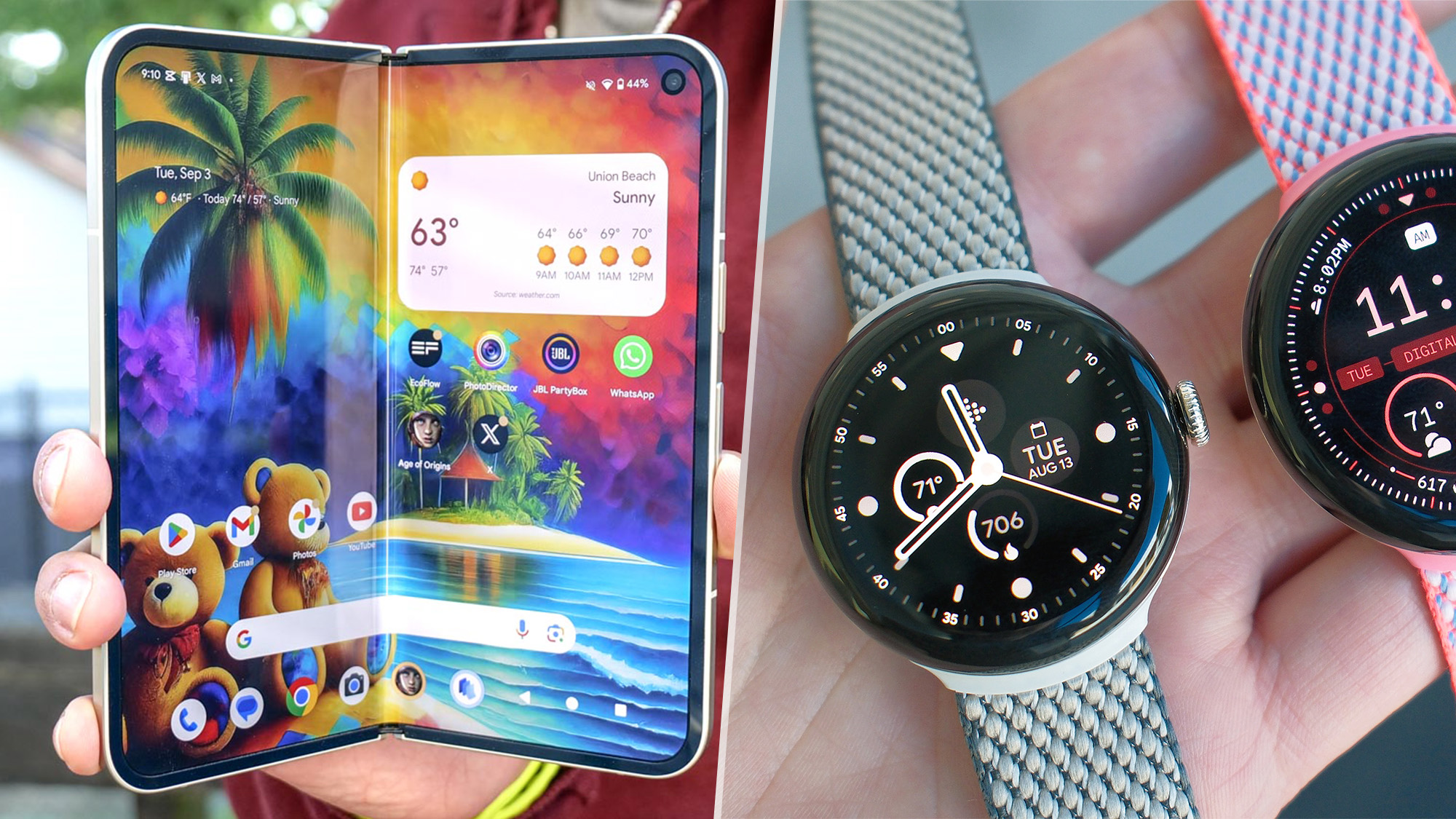
Similar to previous years, Google had a strong 2024 that saw a slight shakeup in its lineup — with mostly new naming conventions that unified its Pixel phone series. The biggest surprise was arguably the introduction of the Pixel 9 Pro XL, which is the spiritual successor to last year’s Pixel 8 Pro. Meanwhile, Google followed up its first foldable phone with an even better one with the Pixel 9 Pro Fold.
Aside from hardware, we also saw how Google continued to lead the way with its robust set of Google AI features. In a year that also saw the release of competitors such as Galaxy AI and Apple Intelligence, Google’s AI features in its Pixel phones still managed to make lasting impressions.
Now that 2024 is in the past, we’re looking forward to what 2025 has in store for Google — especially considering how it would mark ten generations of Pixel phones.
Google Pixel 9a

Historically speaking, we can expect the Pixel 9a to be the first major hardware release for Google. Even with fiercer competition than years past, the Pixel 8a manages to retain its crown in being the best cheap phone — so the Pixel 9a can’t afford to be a minor refresh.
What’s interesting is that Pixel 9a rumors hint that the mid-range phone could launch earlier, with an announcement tipped for mid-March and subsequent release by the end of that month. Another interesting tidbit is that we could very well see a dramatic redesign, complete with a camera that’s flush against the back of the phone. Given how Google has opted for a camera bar of sorts with its A-series phones the last few years, this certainly would be a big change.
While the camera’s speculated to drop down from the current 64MP shooter to a 48MP, it could come with newer pixel binning algorithms and potentially a larger sensor to deliver better results. As for the rest of the phone, it’s tipped to gain the Tensor G4 chip and a slightly bigger battery.
Google Pixel 10
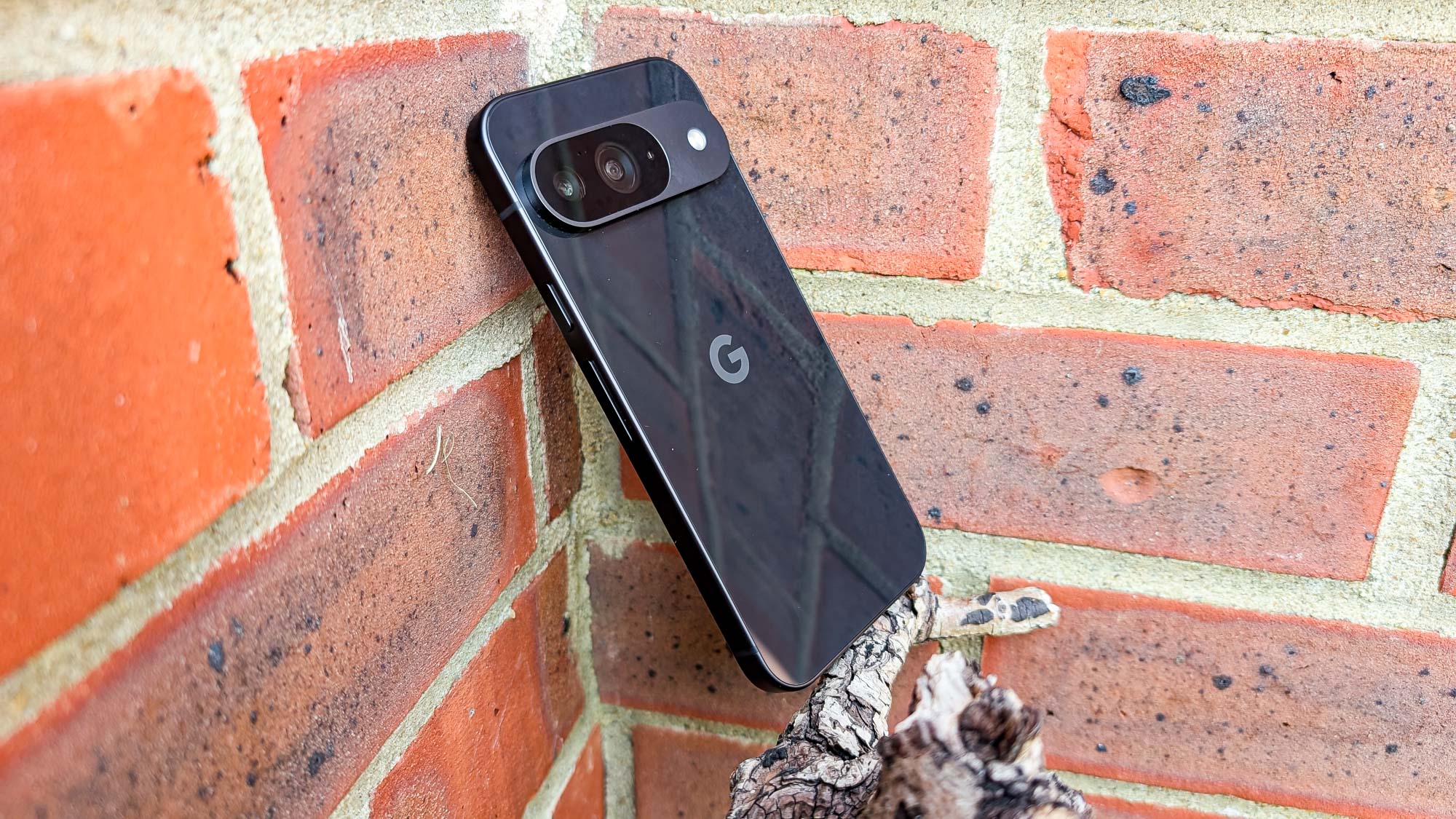
The Pixel 9 showed many how the Pixel 9 Pro and 9 Pro Fold were overrated, so we’re hoping the same turns out true for the Pixel 10 — which would mark ten generations of Google's phone lineup. Considering how its previous two predecessors saw price hikes over each other, we’re hoping that Google keeps the price of the Pixel 10 at $799.
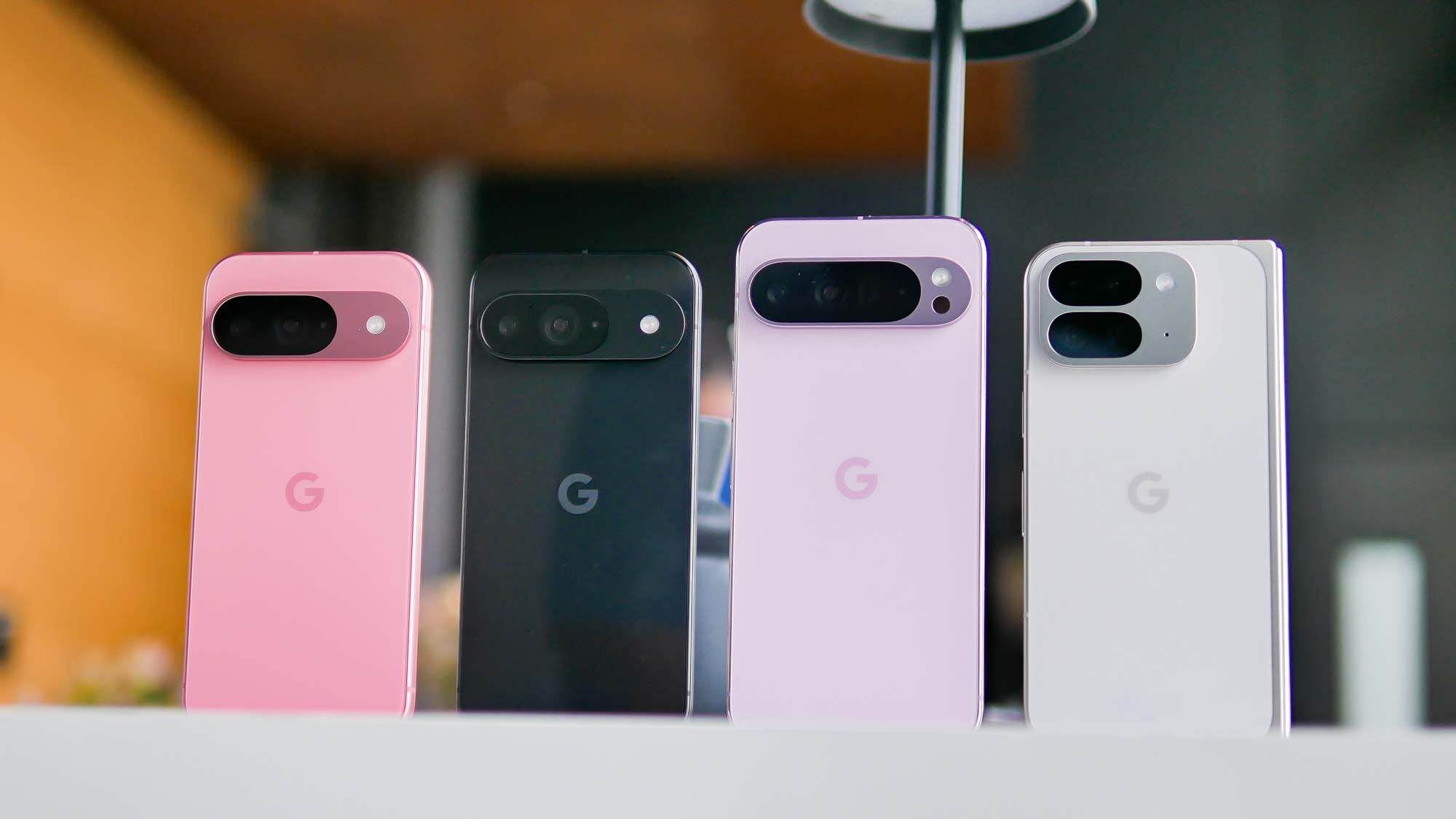
So far, the rumors hint that the Pixel 10 will feature a 6.3-inch display that could have an improved Acuta display with a wider refresh rate of 1-120Hz — whereas the current Pixel 9 has a 60-120Hz refresh rate. There hasn’t been much revealed about the camera setup, but nonetheless we hope it gains better pixel binning techniques since it’s unlikely to not have a dedicated zoom camera.
What’s also notable about the Pixel 10 is that the rumors point at it being powered by the first Google-made Tensor G5 chip, which is reportedly being built using TSMC’s 3nm process. This would inherently add more processing power than the current 4nm Tensor G4, so it could also see improved power efficiency to get longer battery life. More importantly, this new chipset could introduce even better Google AI features.
Google Pixel 10 Pro and 10 Pro XL

We’re confident that Google’s going to keep its existing phone lineup intact, so we expect there to be a Pixel 10 Pro and Pixel 10 Pro XL in 2025 — presumably in the fall when the new Pixels are traditionally announced. Last year we saw how the Pixel 9 Pro had all of the Pixel 9 Pro XL’s features, including the same telephoto camera with 5x optical zoom, so there’s a good chance the cameras could end up being the same for the two models.
Their current sizes and displays may not be a huge change from their respective predecessors, so that could mean a 6.3-inch OLED for the Pixel 10 Pro and a 6.8-inch OLED for the Pixel 10 Pro XL. But considering how Apple increased the size of its display in the iPhone 16 Pro Max, this could give Google reason to do the same with the Pixel 10 Pro and push the screen-to-body ratio even further. It’s worth pointing out that the Pixel 9 Pro XL has the brightest screen we’ve ever tested, reaching an astounding peak brightness of 2,469 nits — so it’s likely that the Pixel 10 Pro XL could eclipse this.
Rounding out the rest of the phones, they’re believed to run the same Tensor G5 chip as the rest of the entire lineup. We’re also going to want to keep a close eye on any new exclusive features that could distinguish the Pros from the standard models. With last year’s Pixel 9 Pro and 9 Pro XL, they both had Video Boost, Night Sight Video, and Super Res Zoom Video.
Google Pixel 10 Pro Fold

Google ditched the naming convention of its first foldable phone and ended up unifying it with the rest of the Pixel 9 series, so we ended up getting the Pixel 9 Pro Fold. There’s been very few leaks about its successor, the Pixel 10 Pro Fold, but it has a tall order to fill after the impressive upgrades we saw with the Pixel 9 Pro Fold.
There was no comparing the two, as the newer Pixel 9 Pro Fold showed off a completely new thin and light design that made the original Pixel Fold dated and chunky. With the Pixel 10 Pro XL, we suspect that Google will try to trim off even more from the phone. More importantly, the cameras will really need to have more upgrades given how the performance of the Pixel 9 Pro Fold was a smidge better than the original.
Aside from that, Google could bolster the foldable’s battery life with help from the Tensor G5 chip — which shouldn’t be too hard considering that the Pixel 9 Pro Fold already had a longer battery life than any of its direct rivals.
Google Pixel Watch 4
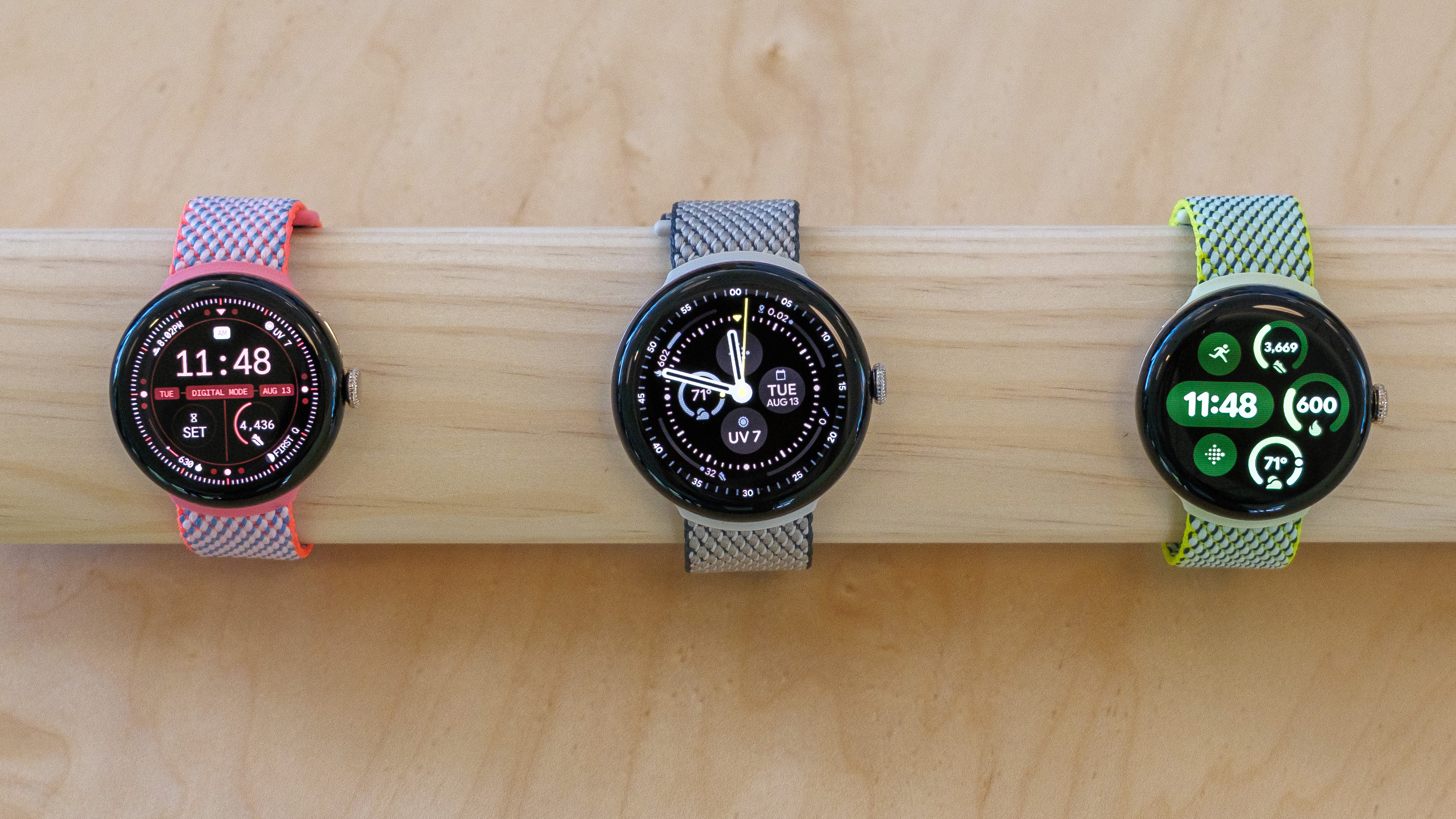
Google finally gave us a little variety by introducing two size options (41mm and 45mm) with the Pixel Watch 3. This should continue on with the announcement of the Pixel Watch 4, which could likely coincide with the Pixel 10 phone lineup.
There’s little known about the Pixel Watch 4 at this point, but the leading rumor actually makes a suggestion about the Pixel Watch 5 instead — that it would be running a custom Tensor chip. The current Pixel Watch 3 runs a Qualcomm SW5100 CPU and Cortex M33 co-processor, so it’s unknown yet if the Pixel 4 will again lean on this chipset or if Qualcomm will release something else between now and the smartwatch’s release.
Android 16
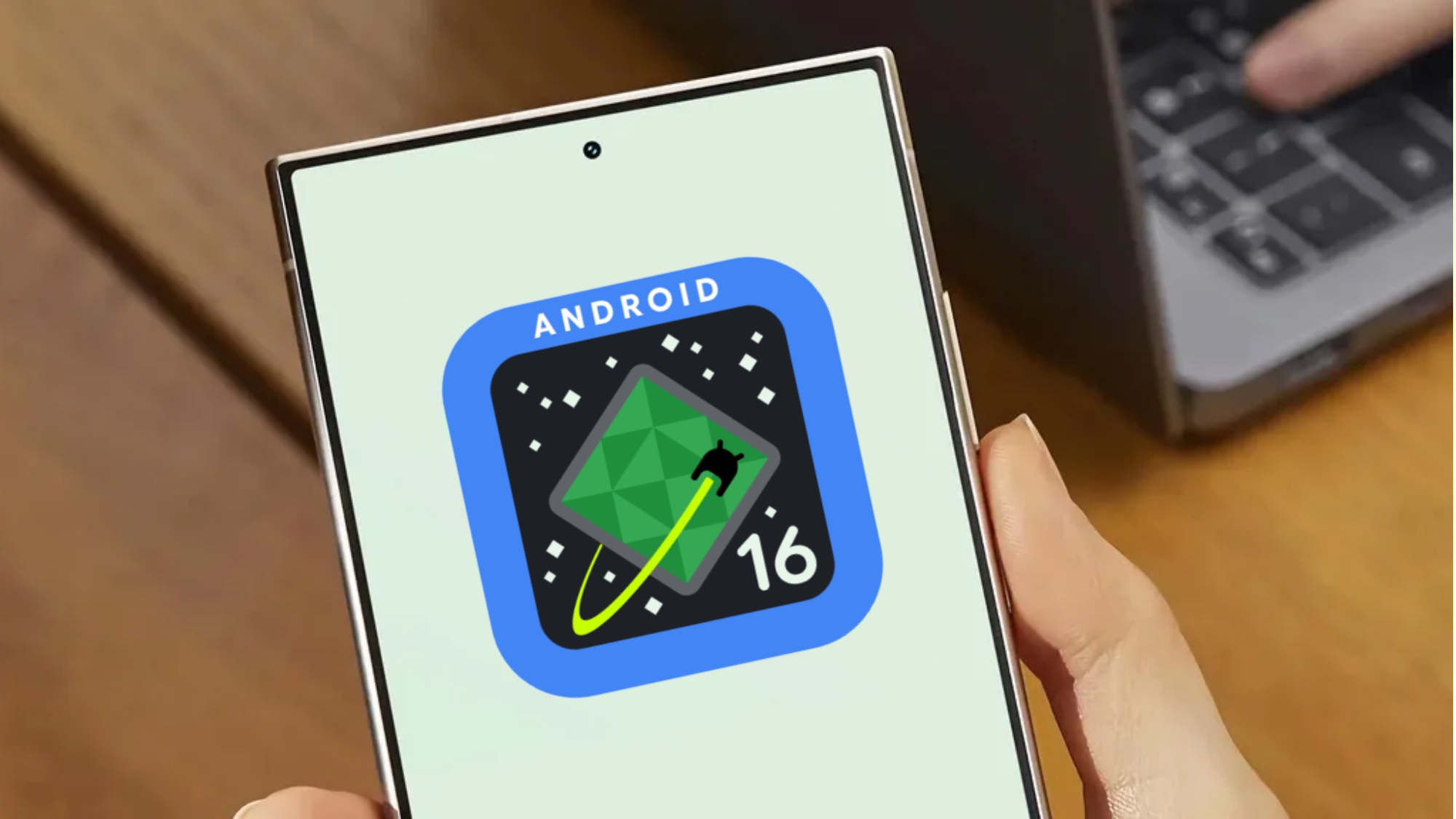
Although there are still many phones just getting the update to Android 15, next year’s Android 16 release could come much earlier than before — with a rumored date of June 3. The Android 16 developer preview 2 is actually available now, but most of the changes are more technical than consumer facing.
One of the interesting reports hint at a huge multitasking upgrade with Android 16, wherein the bubbles API tool could be extended to all apps instead of just chatting apps that currently use them. In theory, Android apps running could work if they’re bubbled, which would give users a faster way of switching apps when multitasking.
Beyond this, we’re eager to see what new AI features we’ll see integrated into the platform. Currently, the company’s Pixel phones exclusively get the latest Google AI features, but we’ve seen how the company has rolled out some of them outside of its Pixel phones — much like how Magic Eraser eventually became a native feature with the Google Photos app.
Knowing how much AI has been the biggest trend of 2025, Google is likely to continue developing newer features for all of its devices.







